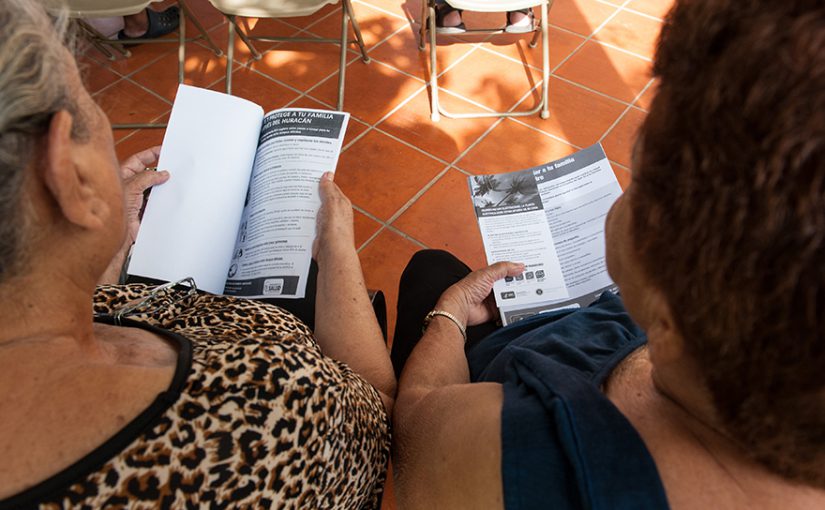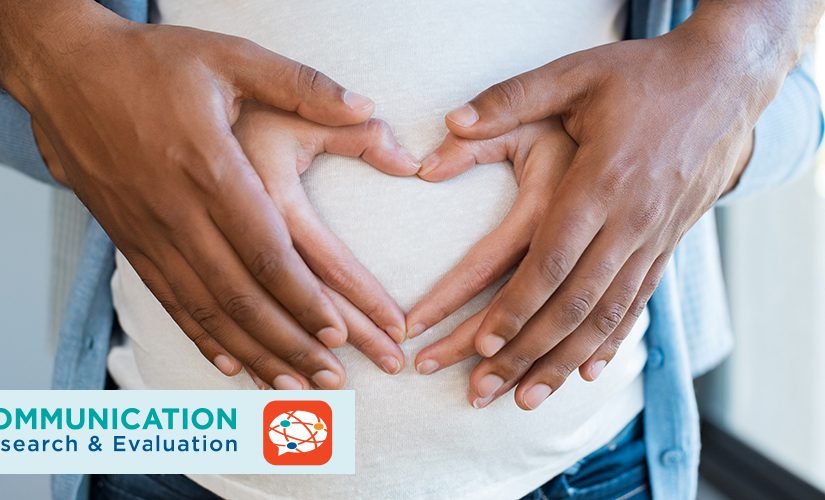Category: communication
5 Communication Lessons Learned from Hurricane Maria

When Category 4 Hurricane Maria made landfall in Puerto Rico, CDC assembled a team of experienced communicators who were flexible, bilingual, and culturally sensitive communicators. This group of experts prepared to deploy to Puerto Rico on short notice to support the communication needs of the Puerto Rico Health Department. I was asked to lead Read More >
Posted on by 2 CommentsEvaluating Communication Campaigns

Health communication and marketing campaigns that promote positive behavior change are a cornerstone of public health and behavioral science. Designing and implementing quality campaigns on a tight budget and in an urgent timeframe is a challenge that most health communication professionals share. Research and evaluation are critical for a successful campaign. CDC is using leading research and Read More >
Posted on by 11 CommentsShouting in the Dark: Emergency Communication in USVI After Irma and Maria

Communication experts often say, “When you’re communicating during an emergency, always think about what you’d say to your mom. What information would she need the most? How would you explain it to her? What would you need to know for sure before you told her? And just how far would you go to reach her?” Read More >
Posted on by 2 CommentsLooking Back: 5 Big Lessons from 2016

CDC is always there – before, during, and after emergencies – and 2016 was no exception. Through it all, we’ve brought you the best and latest science-based information on being prepared and staying safe. Here’s a look back at 5 big lessons from a very eventful year. Follow the links to discover the full stories! Read More >
Posted on by 2 CommentsHow We Decide What to Say in Emergencies

A few years ago, there was an outbreak of Salmonella infections among people who ate peanut butter and products containing peanut paste, like crackers and cookies. People were scared. They needed to know which products were affected. Were they in their grocery store, or worse, already in their kitchen? They also needed facts about Salmonella Read More >
Posted on by 6 CommentsCDC Crisis Communicators: Making Every Message Count

An unexpected public health emergency can happen anywhere and to anyone. The right health or safety message at the right time from the right person can save lives. Read More >
Posted on by 6 Comments
